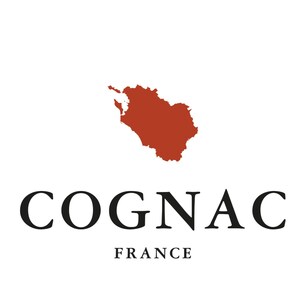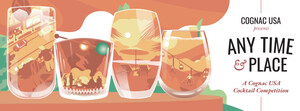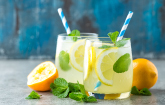Dynamic growth in all major markets
Cognac exports to the NAFTA Zone1 (representing 44.4% of all exports) continue to make progress, with 90.6 million bottles shipped in 2018 for an increase of 5.2% in volume and 0.7% in value. The United States continues to be Cognac's largest market with 87.4 million bottles shipped in 2018.
The East Asian market continues to grow, with 60.1 million bottles (an increase of 5.6% in volume and 3.7% in value). The exports to China continue to drive growth in the zone despite a slight decrease during the second semester.
Continental Europe exports have declined (-5.3% in volume and - 2.2% in value), for a total of nearly 39.4 million bottles shipped. This decline can be attributed to the difficult economic and political times in some of its markets.
Continued potential for development in the rest of the world
Increased exports also continue in other areas with high potential for Cognac in countries such as South Africa, Vietnam and the Caribbean2. Exports to these markets rose by 10.4% in volume and 7.1% in value. Additionally, these new areas of opportunity represent more than 6.9% of total exports, or nearly 14.1 million bottles.
Exports increase for V.S., V.S.O.P. and Older Categories
The export of V.S.3 (50% of total volume), and V.S.O.P.4 (almost 40% of total volume) continue to grow in volume and are up by 2.6 and 3.5% respectively. Value for both remained stable (only down by 0.3%).
Representing 11.5% of total volume, the older categories witnessed a growth of 7.5% in volume and 6.3% in value.
The 2018 harvest supports positive export figures
With a total volume yield of 126.8 hl/ha (compared to 88.95 hl/ha for the previous harvest) or a yield of pure alcohol of 13.06 hl AP/ha, the production in barrels5 will be between 970,000 and 980,000 hl AP6.
This level of production would be greater than the region's original business objectives which had been estimated at 902,000 hl AP put in barrel this year, a figure that many trade professionals feared would be too low to meet the demand.
The growth of shipments during the year confirms the forecasts announced by the BNIC's (Bureau National Interprofessionnel du Cognac) business plan. BNIC President Patrick Raguenaud states, "Cognac professionals remain confident in the future prospects and are ambitiously planning to ensure the demands of export markets are always met. "
About the BNIC
The BNIC (Bureau National Interprofessionnel du Cognac) represents, fosters and protects the Cognac Appellation d'Origine Conrôlée in France and abroad. In the 150 countries where Cognac is sold, this AOC assures consumers a product of exceptional quality. With a membership that equally represents the agricultural and commercial interests of Cognac, the BNIC is the consultative and decision-making body for the 4,255 growers, 114 distillers and 277 négociants of the Cognac appellation .The BNIC acts in the service of the interests of those who make and consume cognac, upholding the Appellation's responsibilities and standards in regard to the public.
www.cognac.fr
@CognacUSA
Press Contact
Teuwen Communications
Stephanie Teuwen | [email protected]
Cassidy Havens, DipWSET | [email protected]
Gabriela Marchand | [email protected]
Amanda Torres | [email protected]
1 North American Free Trade Agreement (NAFTA) signed by Canada, the USA and Mexico in January 1994 and replaced by the U.S., Mexico Canada Trade Agreement (USMCA) in September 2018
2 Antigua and Barbuda, St Martin, Aruba, Bahamas, Barbados, Cayman Islands, Turks and Caicos, Cuba, Dominican Republic, Grenada, St Barthelemy, Haiti, Virgin Islands, Jamaica, Montserrat, St Christopher and Nevis, St Vincent and the Grenadines, St Lucia, Trinidad and Tobago
3 Very Special
4 Very Superior Old Pale
5 This takes into account the volume lost in distillation
6 As a reminder, the annual Cognac yield for the 2018 harvest is 14.64 hl AP per hectare.
SOURCE Bureau National Interprofessionnel du Cognac
Related Links
http://www.cognac.fr





Share this article